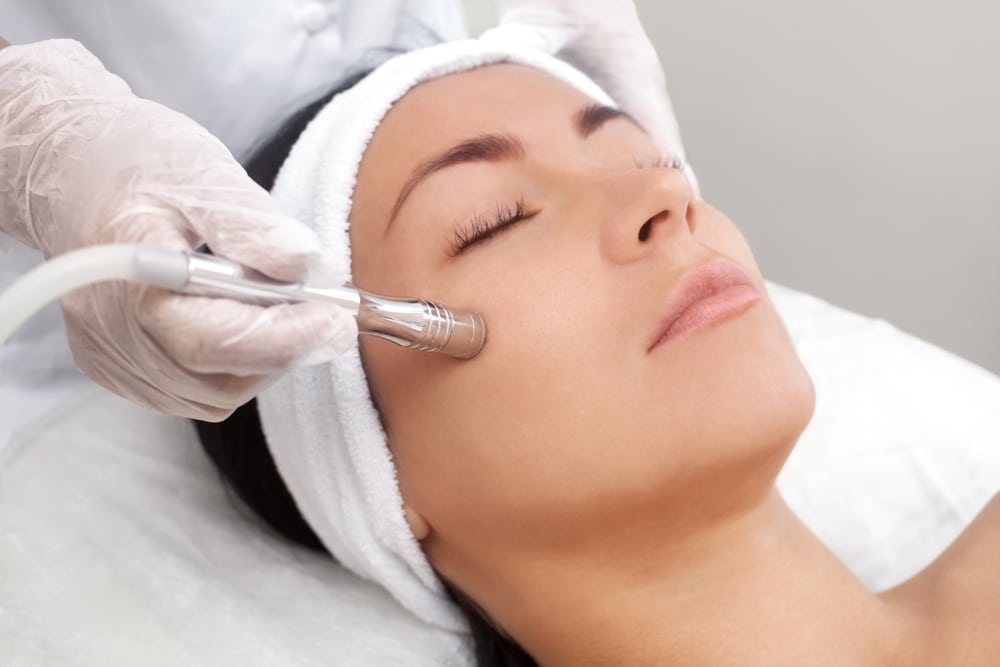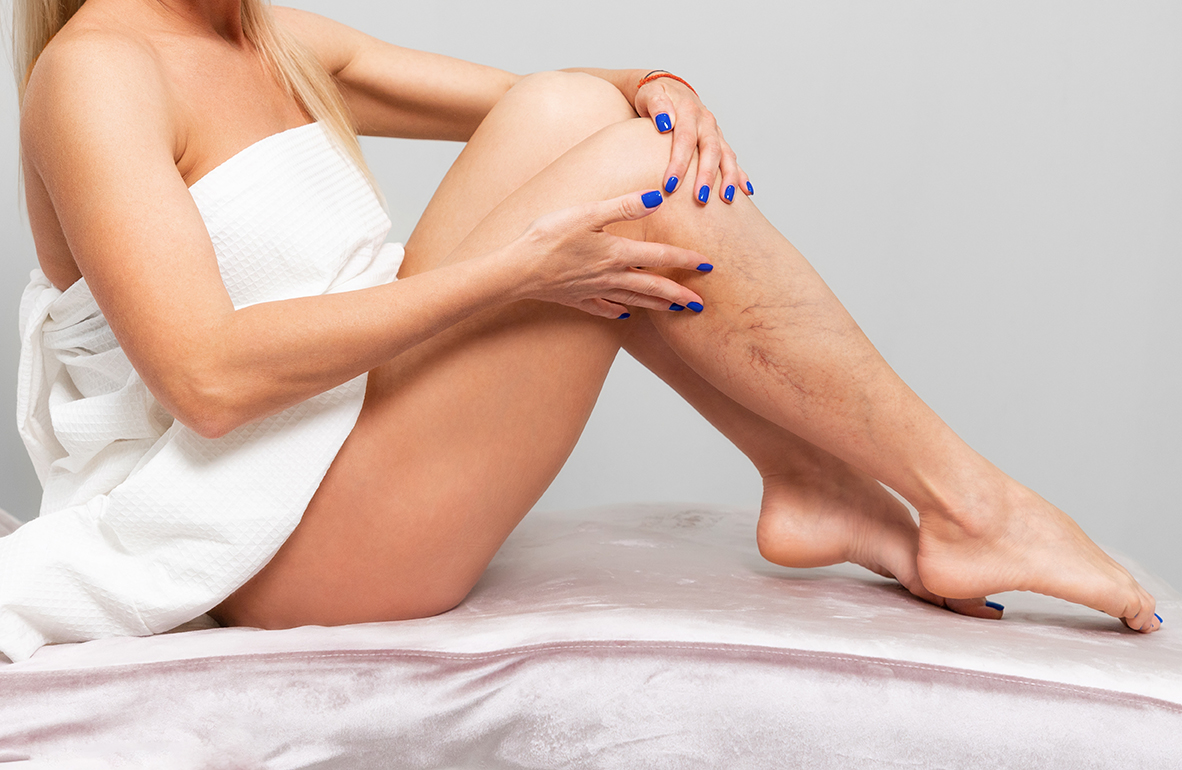Hair loss can present in many different forms, affecting individuals uniquely. For some, it’s a gradual thinning on the scalp, while others may face sudden loss of hair or patches of baldness. Understanding these variations is important so we can address underlying causes and find effective solutions.
At 360 Wellness Spa in Grand Rapids, MI, we look closely at the cause of your hair loss. We use treatments like laser therapy and red light therapy to help patients with many types of hair loss to be able to grow healthier, thicker hair again.
A Closer Look at Hair Anatomy and Growth Cycle
The hair follicle, a complex structure beneath the skin, is the birthplace of hair. It’s within these follicles that individual hairs are formed, nourished by tiny blood vessels. Surrounding the follicle is the hair shaft, the visible part of the hair, which is made of a hard protein called keratin. This shaft grows through the skin’s surface, creating visible hair.
The hair growth cycle consists of three distinct phases: anagen, catagen, and telogen. Anagen is the growth phase, where hair actively grows for several years. After this, the catagen phase, a transitional period, lasts a few weeks, leading to the telogen phase. During the telogen phase, hair rests for several months before eventually shedding, making way for new growth.
Different Types of Hair Loss
- Androgenetic Alopecia: This type of hair loss is characterized by thinning hair and is commonly known as male or female pattern baldness. It typically follows a pattern of receding hairline and thinning on the crown, influenced by genetics and hormonal changes.
- Alopecia Areata: This form of hair loss typically begins suddenly, often with the formation of one or more circular, hairless patches. It’s caused by an autoimmune reaction where the body’s defense mechanism mistakenly targets the hair follicles, leading to unpredictable hair shedding.
- Telogen Effluvium: This type of hair loss causes temporary shedding or thinning of hair. It often occurs after stress, shock, or a traumatic event, causing more hairs to enter the resting phase of the growth cycle and subsequently fall out.
- Anagen Effluvium: This condition involves abrupt hair loss that affects the hair’s growth phase. It is commonly seen after exposure to certain medications or treatments, like chemotherapy, where hair loss can be rapid and extensive.
Common Causes of Hair Loss
Genetic Factors
Genetic predisposition plays a significant role in hair loss. This hereditary condition, often manifesting as male or female pattern baldness, is passed down through families, affecting both men and women differently.
Hormonal Changes
Hormonal fluctuations can impact hair restoration efforts. This includes life events like pregnancy, menopause, and thyroid problems. These changes can temporarily or permanently alter the normal hair growth cycle.
Medical Conditions
Certain medical conditions can lead to thinning hair. These include autoimmune diseases like alopecia areata, scalp infections like ringworm, and trichotillomania, a disorder characterized by an irresistible urge to pull out hair.
Nutritional Deficiencies
A lack of essential nutrients can affect hair health. Deficiencies in iron, protein, vitamins, and minerals are linked to hair loss. It is important to have a balanced diet if you are trying to maintain healthy hair.
Stress and Lifestyle Factors
Prolonged stress and lifestyle choices can contribute to hair loss. High stress levels can push hair follicles into a resting phase, while factors like smoking and alcohol consumption can exacerbate hair thinning.
Male Pattern Baldness vs. Female Pattern Hair Loss
Male pattern baldness and female pattern hair loss exhibit distinct characteristics. In males, baldness typically begins with a receding hairline and thinning at the crown, often progressing to partial or complete baldness. In contrast, women generally experience thinning across the entire scalp, particularly at the part line, rather than a receding hairline or bald spots. Each thinning-hair treatment should take these differences into consideration.
How Hair Loss Is Diagnosed
Diagnosing hair loss involves a detailed assessment by a healthcare professional. This typically starts with a medical history review and a scalp examination to determine the pattern and extent of hair loss. Diagnostic tests, such as blood work, might be conducted to uncover any underlying conditions. Once we know what is causing the problem, we can design a hair restoration plan for you.
Treatment Options for Hair Loss
KeraLase With LaseMD Ultra™
This hair restoration treatment uses the LaseMD Ultra™ laser technology combined with KeraLase’s unique serum. The treatment involves creating microchannels in the scalp with the laser, which allows for deeper penetration of the serum, rich in growth factors and proteins. This combination aims to stimulate the scalp, encourage hair growth, and improve hair density and health.
Revian® Red Light Therapy Cap
Designed as a thinning-hair treatment, the Revian® Red Light Therapy Cap uses LED technology to emit specific wavelengths of light. This non-invasive treatment can increase blood flow and cellular energy in the scalp, potentially reversing the miniaturization of hair follicles. This hair-thinning solution is used to promote hair growth, enhance hair thickness, and improve scalp health, all through controlled, consistent light exposure.
Take the Next Step in Hair Loss Management
At 360 Wellness Spa, we offer advanced hair restoration services in Grand Rapids, MI. Our treatments, including KeraLase with LaseMD Ultra™ and Revian® Red Light Therapy Cap, are designed to tackle various types of hair loss, enhancing hair health and appearance. Our approach is grounded in the latest technology and research, aiming to provide effective solutions for your hair restoration needs. For more information or to start your hair restoration process, please contact us or call us at (616) 466-4972. We’re here to help you regain your hair’s vitality.


